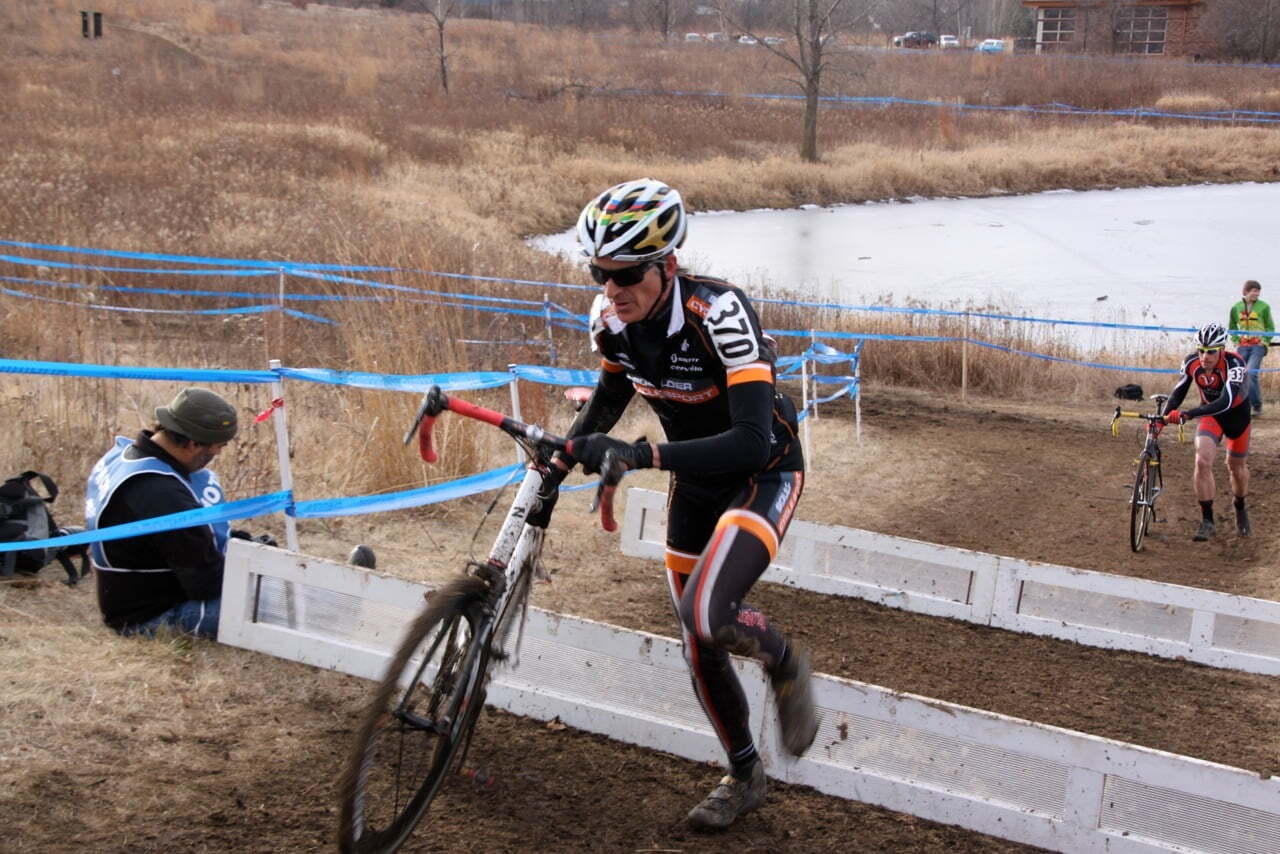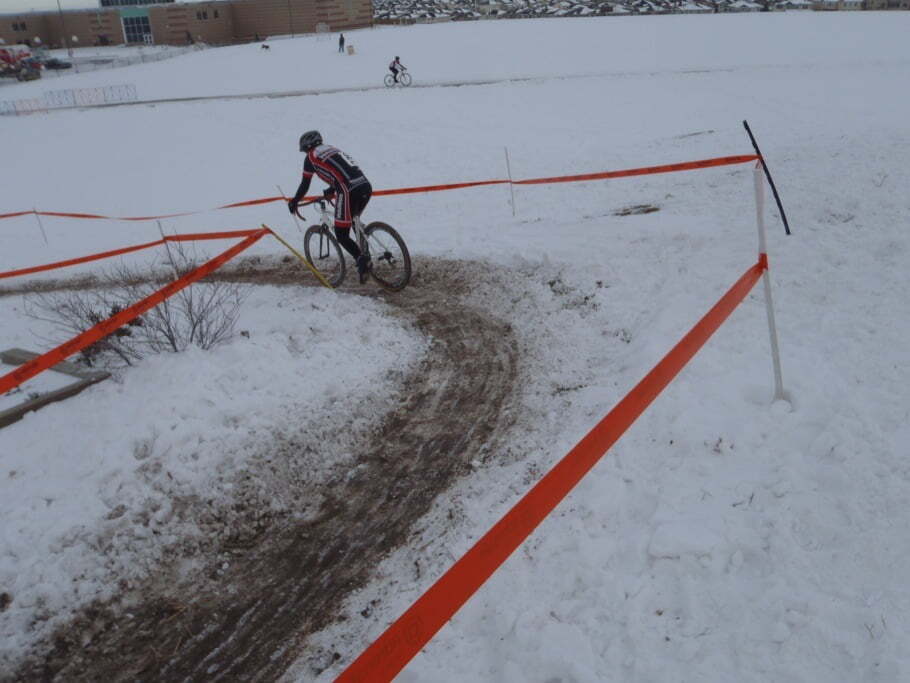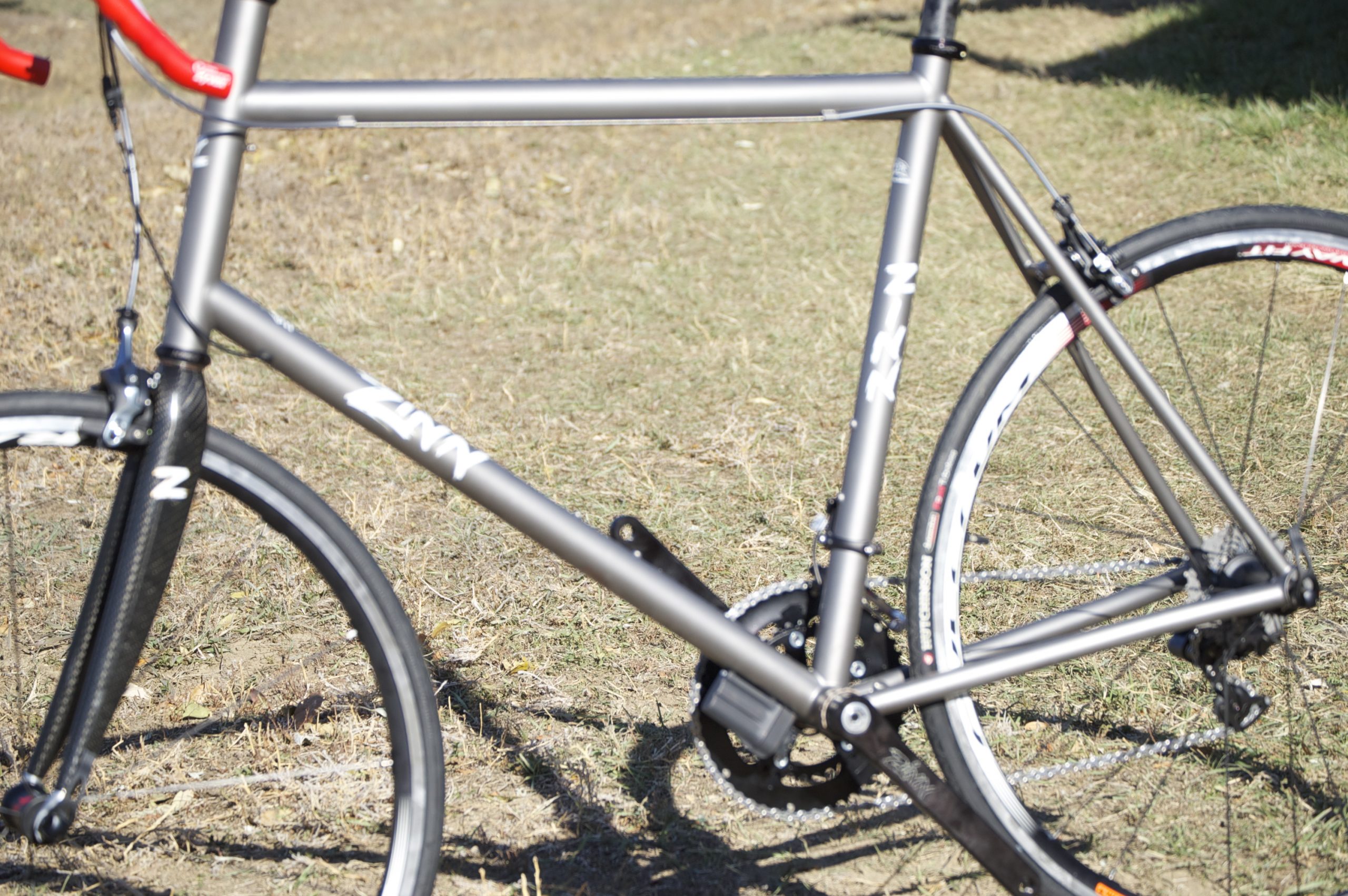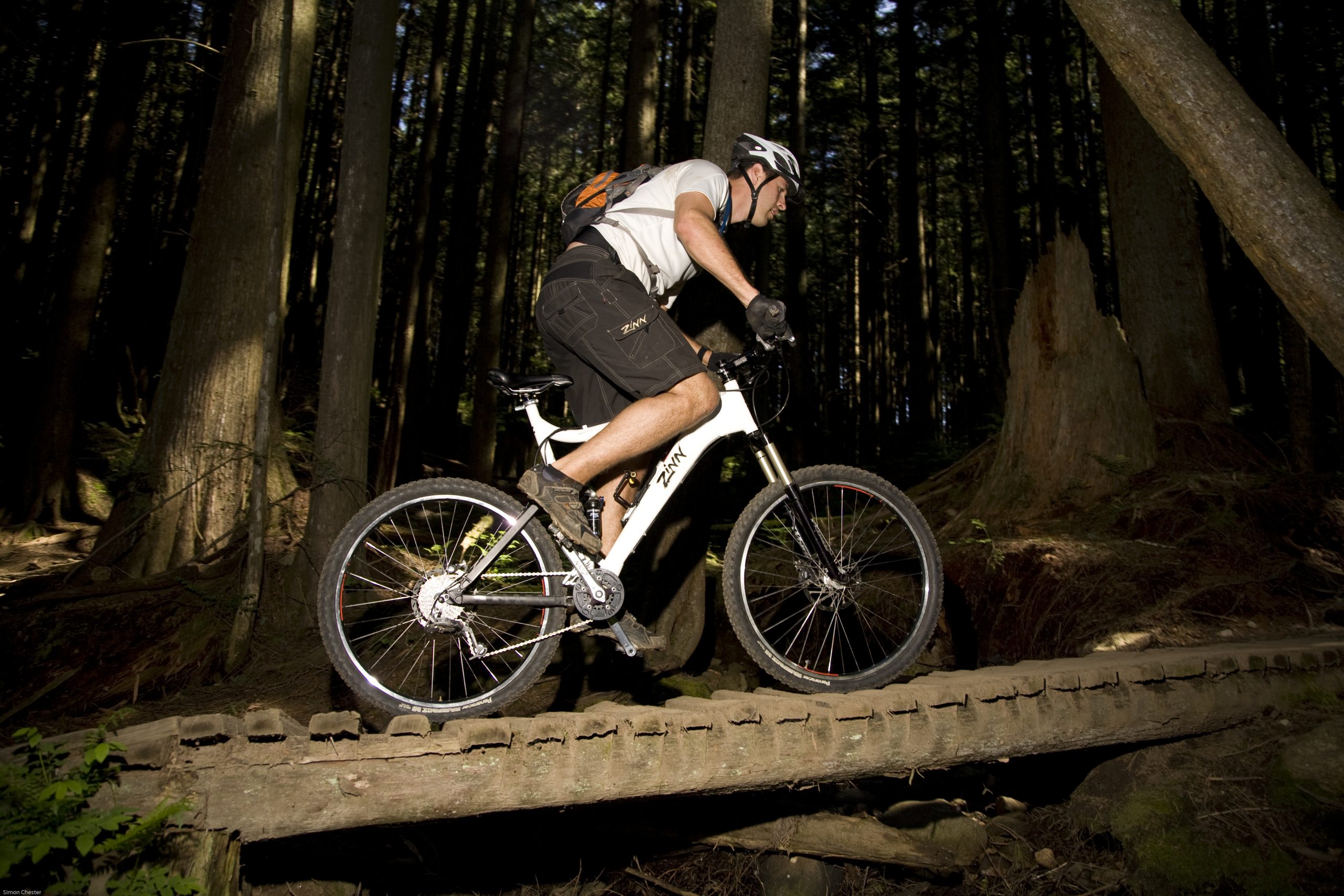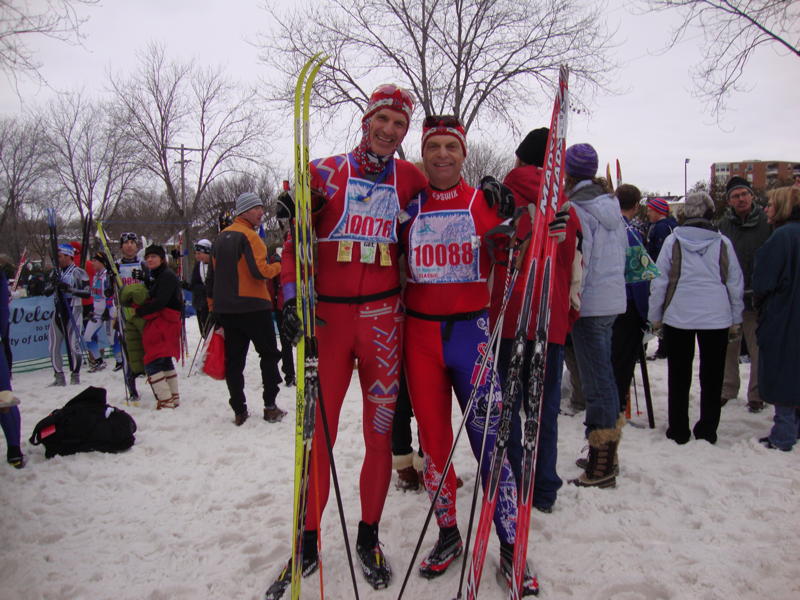By Lennard Zinn Now in my 20th year of cross-country ski racing, I’m finally embracing the traditional classic (kick-and-glide) technique in anticipation of racing the granddaddy of all ski races, the 54K Birkebeinerrennet in Norway March 19. The Birkebeinerrennet commemorates the rescue in 1206 of the infant crown prince Haakon Haakonsson (who later became Haakon IV of Norway) from enemy Bagler rebels by two mighty Birkebeiner (literally, “birch-bark leggings”) warriors, Torstein Skevla and Skjervald Skrukka, who carried the child over two mountain ranges during a blizzard to safety in what is now Trondheim. The racecourse now traverses a route west from Rena to Lillehammer over two mountains. Participants are only allowed to ski with the classic technique (i.e., skating is not allowed), and they must carry at least 3.5kg on their backs to simulate the weight of the infant prince. For two decades, including racing the American Birkebeiner 50K race in northern Wisconsin a dozen times, I have only been doing “freestyle” ski races, which means that the faster skating technique is allowed. (Ski skating looks like ice skating except for the addition of skis and ski poles and doesn’t require kick wax to grab the snow to climb hills—rather, the skis are waxed tip to tail for speed only.) On my bucket list is to do all of the races on the Worldloppet circuit—a series of 15 mass-start races in 15 different countries (mostly in Europe but including also Canada, USA, Japan and Australia), seeing along the way countries like Estonia, Finland, Poland, and the Czech Republic that I might otherwise have been unlikely to ever visit. I’ve been ticking them off one at a time, but the Birkebeinerrennet is the first classic-only one of them I will have done, and there are a number of other ones that are also classic only. So it’s time to learn how to classic ski.
